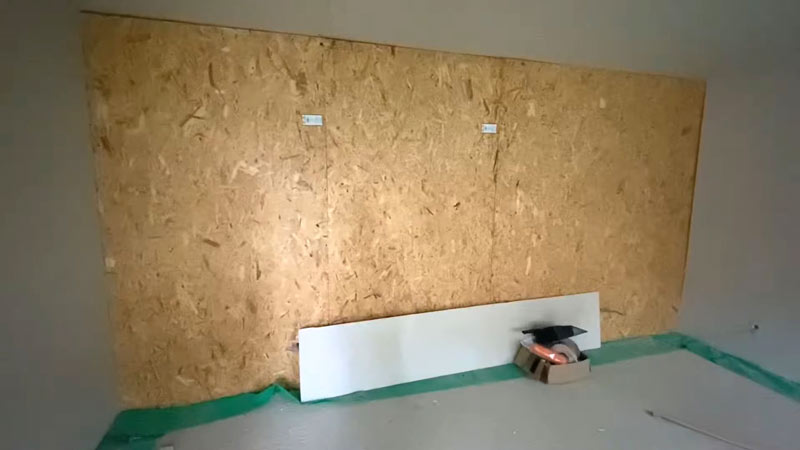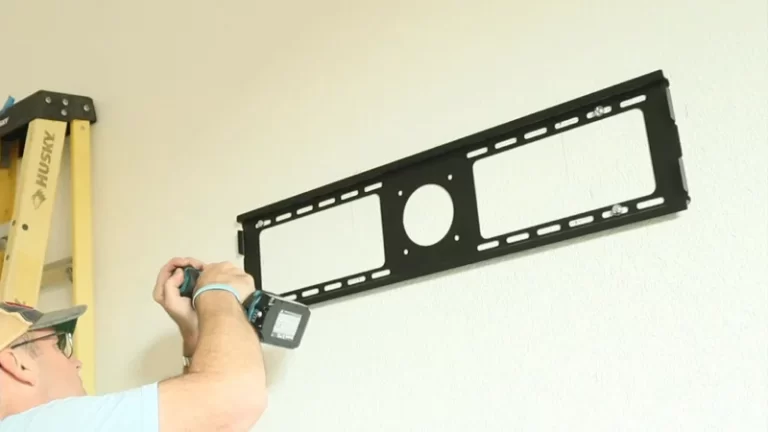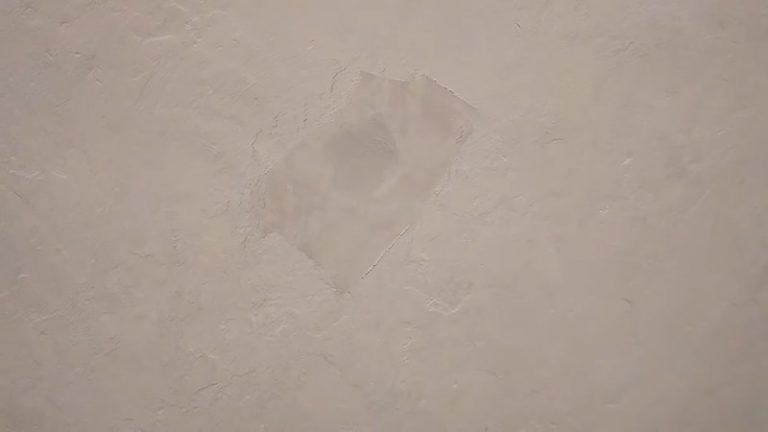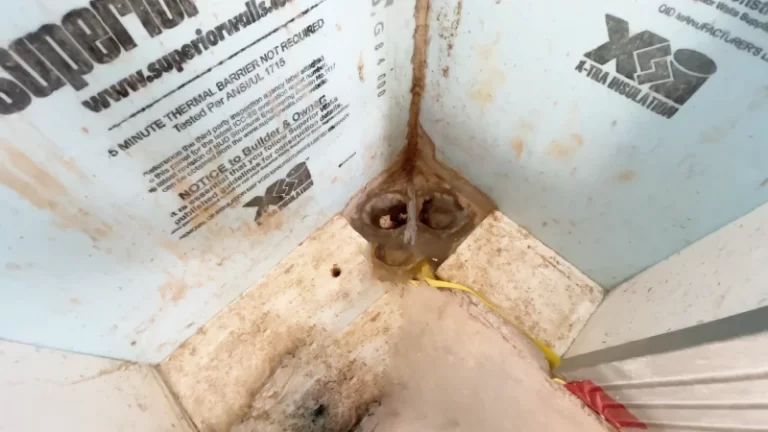Moisture Barrier Between Brick and Studs [What to Do?]

A moisture barrier is a material designed to prevent the passage of water vapor through a wall, ceiling, or another building element. Moisture barriers are commonly used in construction to prevent moisture damage to the building and its contents.
In this article, we will discuss the importance of a moisture barrier, how to install a moisture barrier, and the benefits of using a moisture barrier in your home.
You'll Learn About
Vapour Barrier on a Stud Wall
Vapor barriers are intended to prevent water vapor from passing through the walls of a building and condensing on the inside of the wall. In most cases, vapor barriers are installed on the warm side of the wall, which would be on the face of the stud wall where the drywall is applied.
In a cool or cold climate, the vapor barrier should always be on the inside of the studs. However, in a warm climate where air conditioning is used extensively, the rules may be different.
In your case, it sounds like the moisture in the wall was likely coming from outside. It would be a good idea to find and fix the source of the moisture before re-sealing the stud cavity.
Depending on the specific situation, you may be able to have foam insulation sprayed in to rebuild the wall and provide a new vapor barrier.
However, it may be necessary to remove the brick siding to properly seal the exterior of the wall and prevent further moisture problems. It is also important to ensure that any gaps or cracks in the wall are properly sealed to prevent moisture from entering the wall.
What is a Moisture Barrier?
A moisture barrier is a material designed to prevent the passage of water vapor through a wall, ceiling, or other building element. In a wall, a moisture barrier is typically installed on the warm side of the wall, which is typically the side where the drywall is applied.
Moisture barriers can be made of a variety of materials, including plastic sheeting, foil-faced insulation, and special paint or coatings.
Why is a Moisture Barrier Between Brick and Studs Important?
A moisture barrier between the brick exterior and the studs of a wall is important for several reasons.
- First, it prevents water vapor from entering the wall and condensing on the inside of the wall, which can cause moisture damage and mold growth.
- Second, it helps to prevent moisture from entering the wall from the outside, which can cause rot and other forms of damage to the studs and other structural elements.
How to Install a Moisture Barrier Between Brick and Studs
The specific steps for installing a moisture barrier between brick and studs will vary depending on the materials used and the specific construction of the wall. However, the general process is as follows:
- Remove any old or damaged moisture barrier material from the wall. This may involve removing the brick siding or cutting it away from the studs to expose the wall cavity.
- Install the moisture barrier material. This may involve applying a liquid coating, attaching a sheet of plastic or foil-faced insulation, or applying a special moisture barrier paint or coating.
- Seal any gaps or cracks in the wall to prevent moisture from entering through these areas. This may involve using caulk, foam sealant, or other appropriate materials.
- Install the brick siding, making sure to leave a gap between the brick and the studs to allow for proper ventilation and moisture drainage.
The Benefits of Installing a Moisture Barrier Between Brick and Studs
Installing a moisture barrier between the brick and studs of a wall offers several benefits for your home. These can include:
- Protecting the studs and other components of the wall from moisture damage, which can extend the life of the wall and prevent costly repairs in the future.
- Reducing the risk of mold growth, which can cause health problems and damage to the structure of the home.
- Helping to prevent rot and other forms of moisture damage, which can compromise the structural integrity of the wall and put your home at risk.
- Improving the overall energy efficiency of the wall by preventing moisture from entering and reducing the risk of condensation on the inside of the wall.
Preventing Moisture Damage: the Role of a Moisture Barrier Between Brick and Studs
A moisture barrier between the brick and studs of a wall is a crucial element in preventing moisture damage to the structure.
By blocking the passage of water vapor and preventing moisture from entering the wall from the outside, a moisture barrier helps to protect the studs, insulation, and other components of the wall from moisture damage. This can extend the life of the wall and prevent costly repairs in the future.
Ensuring Proper Moisture Protection: Installing a Moisture Barrier Between Brick and Studs
Proper installation of a moisture barrier between the brick and studs is essential for ensuring that the wall is properly protected from moisture damage. This involves carefully removing any old or damaged moisture barrier material, installing the new moisture barrier according to the manufacturer’s instructions, and sealing any gaps or cracks in the wall.
It is also important to make sure that the brick siding is installed properly, with a gap between the brick and the studs to allow for ventilation and moisture drainage.
Protecting Your Home: the Benefits of a Moisture Barrier Between Brick and Studs
A moisture barrier between the brick and studs of a wall is an important element in protecting your home from moisture damage.
By preventing water vapor from entering the wall and blocking moisture from the outside, a moisture barrier helps to protect the studs, insulation, and other components of the wall from moisture damage. This can extend the life of the wall and prevent costly repairs in the future.
How Does a Moisture Barrier Between Brick and Studs Protect Your Home?
A moisture barrier between the brick and studs of a wall protects your home by preventing moisture from entering the wall and causing damage. This can include water vapor that passes through the brick from the outside, as well as moisture that enters the wall through gaps or cracks in the brick.
By blocking the passage of moisture, a moisture barrier helps to prevent rot, mold growth, and other forms of moisture damage to the studs and other components of the wall.
What’s the Best Way to Apply a Vapor Barrier on an Interior Brick Wall?
The best way to apply a vapor barrier on an interior brick wall is to follow these steps:
Prep the Wall for Installation
Before applying the vapor barrier, it is important to clean the brick surface and remove any loose or damaged mortar or bricks. This will ensure that the vapor barrier adheres properly to the wall and provides an effective barrier against moisture.
Install a Moisture Barrier on the Studs
Before applying the vapor barrier to the brick, it is important to first install a moisture barrier on the studs of the wall. This will prevent moisture from entering the wall cavity and condensing on the inside of the wall. The moisture barrier can be installed using a liquid coating, sheet of plastic or foil-faced insulation, or special moisture barrier paint or coating.
Apply the Vapor Barrier to the Brick Surface
Once the moisture barrier on the studs has been installed, the vapor barrier can be applied to the brick surface. This can be done using a liquid coating, a sheet of plastic or foil-faced insulation, or special vapor barrier paint or coating. The vapor barrier should be applied evenly and smoothly, with no gaps or overlaps.
Seal Any Gaps or Cracks in the Wall
After the vapor barrier has been applied to the brick surface, it is important to seal any gaps or cracks in the wall to prevent moisture from entering through these areas. This can be done using caulk, foam sealant, or other appropriate materials.
By following these steps, you can effectively apply a vapor barrier on an interior brick wall and protect your home from moisture damage.
Should You Have Foam Insulation Sprayed in for a Moisture Barrier Between Brick and Studs?
Foam insulation can be an effective option for a moisture barrier between brick and studs, as it provides both insulation and a vapor barrier in one product. Foam insulation is typically sprayed in as a liquid and expands to fill the wall cavity, creating a tight seal that prevents the passage of moisture.
However, there are some potential drawbacks to using foam insulation for a moisture barrier between brick and studs. One potential concern is that foam insulation is difficult to remove or modify once it has been installed. If the foam insulation is damaged or if the moisture barrier needs to be repaired or replaced, it can be difficult to access the area behind the foam. In addition, foam insulation is a relatively expensive option compared to other moisture barrier materials.
Overall, the decision to use foam insulation for a moisture barrier between brick and studs will depend on the specific situation and the preferences of the homeowner. Foam insulation can be an effective option in some cases, but it may not be the best choice in all situations. It is important to carefully consider the pros and cons before making a decision.
Where Does the Moisture Come From?
Moisture can come from a variety of sources, both inside and outside a building. Some common sources of moisture include:
- Rainwater or snow melting and entering the building through gaps or cracks in the roof, walls, or windows.
- Water vapor from inside the building, such as from cooking, bathing, or drying clothes, that condenses on cold surfaces or passes through the walls and condenses on the inside of the wall.
- Groundwater that seeps into the building through the foundation or basement walls.
- Humidity in the air, which can cause condensation on windows, walls, and other surfaces.
In some cases, the source of moisture may be difficult to identify, and it may be necessary to investigate the building and its surroundings to determine the source of the moisture. It is important to find and fix the source of the moisture to prevent further damage to the building.
Faqs
Q: What is a moisture barrier?
A: A moisture barrier is a material designed to prevent the passage of water vapor through a wall, ceiling, or other building element. Moisture barriers are commonly used in construction to prevent moisture damage to the building and its contents.
Q: Where is a moisture barrier installed?
A: A moisture barrier is typically installed on the warm side of the wall, which is typically the side where the drywall is applied. In some cases, a moisture barrier may be installed on the exterior of the building, such as under the siding or roofing material.
Q: What materials can be used for a moisture barrier?
A: Moisture barriers can be made of a variety of materials, including plastic sheeting, foil-faced insulation, and special paint or coatings. The specific material used for a moisture barrier will depend on the location and application of the barrier, as well as the preferences of the homeowner or builder.
Q: How do I install a moisture barrier?
A: The specific steps for installing a moisture barrier will vary depending on the materials used and the specific construction of the building. However, the general process typically involves removing any old or damaged moisture barrier material, installing the new moisture barrier according to the manufacturer’s instructions, and sealing any gaps or cracks in the wall to prevent moisture from entering through these areas.
Q: What are the benefits of using a moisture barrier?
A: The benefits of using a moisture barrier can include extending the life of the building, reducing the risk of moisture damage, and improving the overall energy efficiency of the building. A moisture barrier can also help to prevent mold growth and other health hazards that can be associated with moisture in the building.
Final Words
A moisture barrier is an important element in protecting a building from moisture damage. A moisture barrier prevents water vapor from passing through the walls of the building, which can cause condensation, rot, and mold growth.
Installing a moisture barrier is a relatively simple process, and the benefits of using a moisture barrier can include extending the life of the building, reducing the risk of moisture damage, and improving the overall energy efficiency of the building.
Overall, a moisture barrier is an important consideration for any construction project, and can provide significant benefits for the building and its occupants.

![R-30 Insulation 2×8 [Everything You Need to Know]](/wp-content/uploads/2023/01/R-30-Insulation-2x8-1-768x432.webp)



